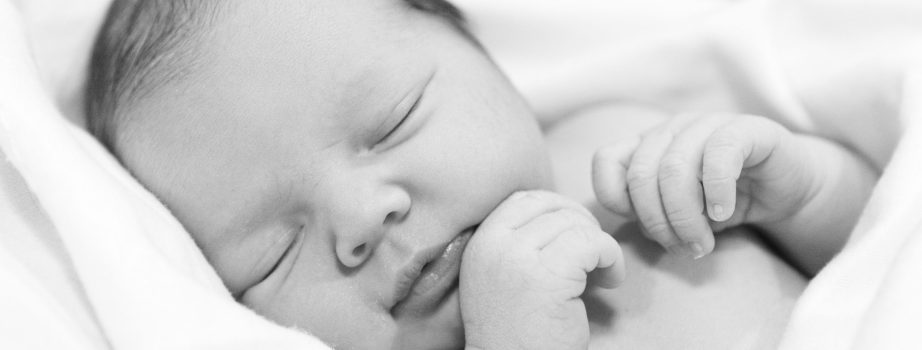This post originally appeared in one of my favorite blogs about speech therapy, Language for the Playground. If you haven’t yet checked out this site, I would greatly recommend it. Especially the post on The Connection Between Language & Theory of Mind and Vocabulary Development for Children with Cochlear Implants.
In order to successfully integrate Sonya into our society, we need to implement many, many hours of hard work and discipline. While a percentage of Sonya’s success is based on the care she receives at the Center for Hearing and Communication in New York (where she receives her speech therapy), the most important factor determining how Sonya fares will be dependent on the work we do at home.
It was a frustrating position to be in, as I was the least educated/skilled person in this arena, and yet, the greatest weight was placed on me – especially as my husband works and I am at home. I took it upon myself to learn the tactics used by our speech therapists and implement them at home. Here are some of the ways that we do so when playing with Sonya outside of speech therapy:
1. Give opportunities for your child to ask what they want. For young babies, if a favorite toy is out of reach, wait for her to vocalize that she wants that toy (even a grunt), before reaching for it and handing it to her. As Sonya got older, I would try to wait at least seven seconds for her to ‘use her words’. If she grunts and points at a toy, I simply say, “what is it you want? I don’t understand ‘ugh!’” [pause about seven seconds] and almost always, Sonya will realize that it is her turn to speak, so she will say, “Mama can I please have that toy?”
2. Imitate the sounds and facial expressions your baby makes.
3. Encourage your baby to use different vowels and speech sounds by linking sounds to toys and being consistent. For example, when we play with an airplane, we make the sound “ahh” and when we play with a car, we make the sound “beep beep.” The goal is for your child to associate certain toys with specific sounds to understand that some sounds convey more meaning than others. Now that Sonya is older, we work to ensure that she understands the real names for objects. She used to call fire engines “wee-wahs” but we would correct her and say, “Oh you mean fire engine? Yep! There goes a fire engine!”
4. Encourage your child to stop and listen to environmental sounds. When the phone rings, doorbell chimes or tea kettle whistles, we stop what we are doing and point to our ears. Encouraging your child to stop and listen to the sound – and then identify what the sound is that we are hearing.
5. Narrate what is happening throughout the day. Use simple language to describe the events as they are happening. As I prepare Sonya’s dinner, I will tell her what I am doing. “Now, I am cutting up the apple! Chop! Chop! goes the knife.” This was a tough one for me as I am naturally an introvert, but overtime it became a habit.
6. Sing. We sing all day long. I try to add gestures to songs to keep it interesting/entertaining. Sonya LOVES to sing.
7. Read! When Sonya was very little, we chose books that had large pictures and were not too detailed. We would describe the pictures. Now, Sonya is almost three and we read early reader books. I hold the book and read the words, so that she can’t see the pictures. I ask her to repeat what I just said, and once she does this, I reward her by showing her the pictures. Kids with hearing loss tend to be very visual, so they can get lost in pictures and not really listen to the words. We find this really helps her to listen carefully.
8. Correct your child when they make mistakes. When Sonya says “I need primacy!” I respond with “Oh, you need your priVAcy? Ok, I’ll make sure to give you some privacy.” (Emphasis on the part of the word she misspoke). I don’t force her to say words correctly, but I do make sure to repeat the word a few times afterward so she really hears the right way to say it.
9. Go over language goals at night with your partner so that you are on the same page. Our speech therapist prints out notes following each of our sessions and as consistently as possible, my husband and I discuss these notes at night over dinner, to ensure he understands what Sonya is working on as well.

Sonya is now three years old and is in a mainstream preschool in New York City. We are endlessly delighted in the progress she has made these past few years and are particularly pleased to see her relate with her hearing peers in the same manner as any three year old would.
Above all, I feel like my relationship with Sonya is very strong because of the time we have spent together developing her speech and listening skills. We have a long way to go still, but as they say it’s the journey not the destination.
























